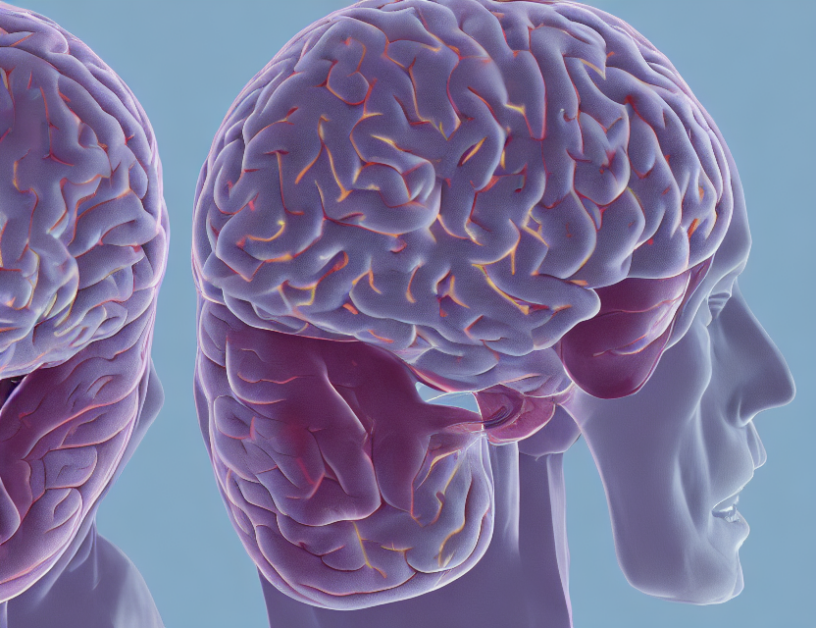Our brain is like a garden, with different parts growing at different rates and in different patterns. In Alzheimer’s disease (AD), the brain becomes unbalanced, like a garden overgrown with weeds. Researchers have been studying this asymmetry to better understand the progression of AD and develop new diagnostic tools.
Hippocampal Asymmetry
The hippocampus is one of the most critical parts of our brain, responsible for memory and spatial navigation. In AD, the hippocampus shrinks, and its asymmetry becomes more pronounced. Think of it like a seesaw – when one side is heavier than the other, it’s harder to balance. The study found that the degree of asymmetry increases as the disease progresses, similar to how the seesaw becomes more unbalanced with each use.
Shape Analysis
Imagine you have a bunch of puzzle pieces in different shapes and sizes. By analyzing these pieces, researchers can understand how they fit together and identify patterns. In this study, they used a technique called "shape analysis" to examine the brain’s shape and identify areas with more symmetrical patterns. These areas were then compared between healthy brains and those with AD.
Linear Model Statistics
Think of linear model statistics as a set of rules that help us understand how different pieces of a puzzle fit together. In this study, researchers used these rules to analyze the brain scans and identify areas with significant shape asymmetry. They found that certain areas were more symmetrical in healthy brains than in those with AD, which could be an indication of early disease detection.
Discussion
In conclusion, understanding brain asymmetry is crucial for diagnosing and managing Alzheimer’s disease. The study showed that analyzing the shape of the brain can help identify areas with more symmetrical patterns, which could be used as diagnostic markers. By visualizing these changes using a "particle-based shape correspondence and visualization software," researchers can gain insights into how the brain changes in AD and develop new tools to combat this devastating disease.
In summary, this study demonstrates that analyzing brain asymmetry through shape analysis can help identify areas of significant change in Alzheimer’s disease. By better understanding these changes, researchers can create more effective diagnostic tools and improve treatment outcomes for those affected by AD.



